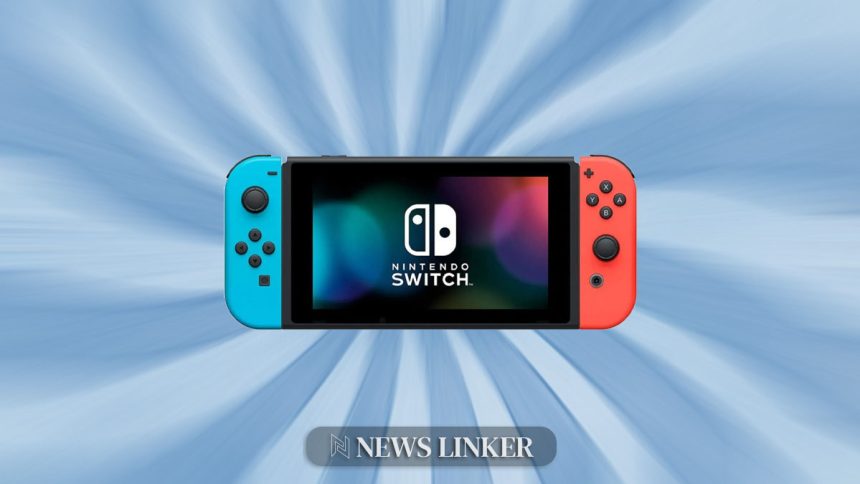The anticipation surrounding Nintendo’s Switch 2 has been met with skepticism from gaming enthusiasts. While the original Nintendo Switch gained acclaim for its innovative design and versatile gameplay, the forthcoming iteration appears to struggle in recapturing that magic. Consumers are now weighing the Switch 2’s offerings against the rapidly evolving landscape of portable gaming devices, raising doubts about its ability to stand out in a competitive market.
Gaming platforms have consistently evolved, yet the Switch 2’s reception suggests a stagnation in innovation. Compared to previous iterations and competing devices like the Steam Deck, the Switch 2 may not offer significant advancements, potentially limiting its appeal to both new and returning users. This development marks a pivotal moment for Nintendo as it navigates the challenges of maintaining relevance in an increasingly diverse gaming ecosystem.
What Sets the Switch 2 Apart from Its Predecessor?
The Switch 2 introduces a sleeker design and an upgraded 120Hz HDR screen, attempting to enhance the visual experience. However, these improvements may not be enough to differentiate it significantly from the original model. The device’s performance metrics, such as a quoted battery life of two to six and a half hours and 256 GB of storage, align with current industry standards but do not necessarily offer a substantial upgrade for users seeking more robust features.
How Does the Switch 2 Compare to Competitors Like Steam Deck?
In the realm of handheld gaming, the Steam Deck has set a high benchmark with its open-platform capabilities and superior hardware performance. The Switch 2, while aesthetically pleasing, falls short in terms of processing power and user flexibility. According to critics, “Nintendo’s first party games aside, the promise of on the go, triple-A gaming on the Switch 2 sounds just as compromised as on PC handhelds.” This comparison highlights the Switch 2’s challenges in matching the versatility and performance offered by its competitors.
Is Nintendo’s Approach to Emulation and Subscriptions Affecting User Experience?
Nintendo’s policies regarding emulator developers and the introduction of a subscription-based emulation service have been points of contention among users. Critics argue that these practices limit the accessibility and longevity of the gaming library. “Nintendo’s insistence on squandering its library in an insulting subscription emulation service is an utter abomination to me,” one enthusiast stated, reflecting widespread frustration. Such strategies may alienate a portion of their user base, impacting the overall perception of the Switch 2.
As the Switch 2 enters a market saturated with versatile and powerful handheld devices, its ability to innovate beyond cosmetic upgrades and restrictive policies will be crucial. The gaming community seeks not only new hardware but also enhanced user experiences and greater flexibility, areas where the Switch 2 currently faces significant scrutiny.
Ensuring the Switch 2’s success requires Nintendo to address these critical feedback points. Enhancing hardware performance, expanding game compatibility, and adopting more user-friendly policies could be key steps in regaining the enthusiasm that once surrounded their flagship console. The path forward involves balancing traditional strengths with the demands of a modern, competitive gaming landscape.










